What Are Borates?
Borates are minerals that naturally occur and contain boron, the 5th element of the Periodic Table. Water, soil, and rock all contain trace amounts. They are vital for the growth of plants, human health and cleaning products. Borates play a vital role in the manufacture of everything from ceramics to insecticides. You can find them naturally in the environment and they even occur naturally in our bodies.
Boron is not an element that exists in nature by itself. Instead, boron reacts with other elements and typically oxygen to form boric acid. These inorganic salts with boron and oxygen are called borates. Although millions of tons of industrial borates are processed every year and distributed worldwide, natural forces transfer far more boron around the globe. Rain, volcanic activity or condensation can distribute at least twice as many boron than all commercial practices.
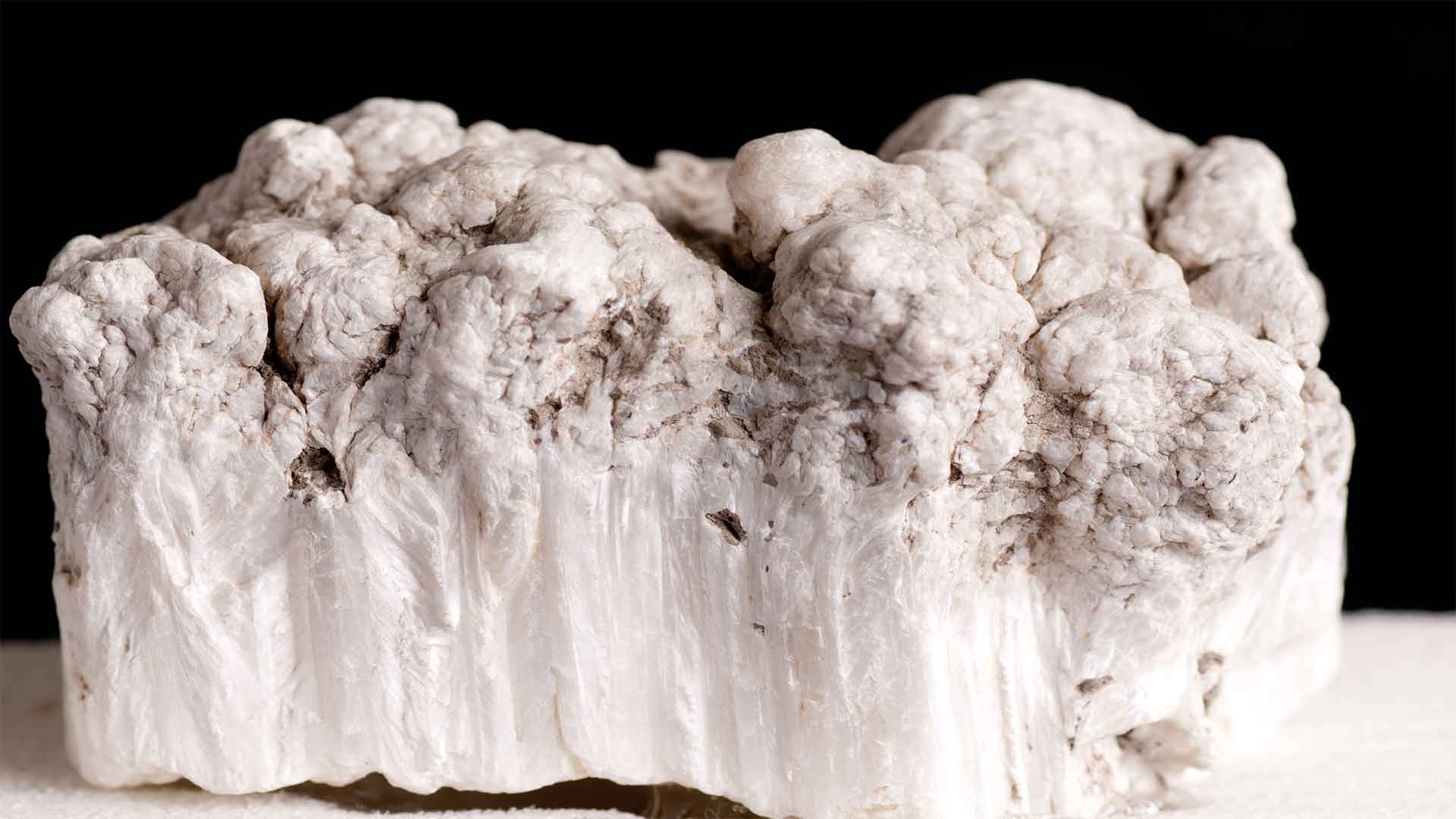
How Borates Work
Borates are useful in controlling bacteria and insects in everything, from cosmetics to construction timbers as they may have a metabolizing in certain organisms.
A second key chemical effect is found in laundry detergents, and other cleaning products. Borates are essential components in bleaching and stain elimination.
Many applications use borates’ chemical properties as buffering to balance acidity with alkalinity. For a stable pH, borates are used in detergents, fireworks, and film processing solutions.
Borates can be used to disperse other ingredients and applications range from controlling viscosity in paints, industrial fluids to adhesives and cosmetics.
Borates change the structure and properties of glass to make it more resistant to chemical or heat attack, also known as vitrifying. Borates also allow for the production of thin LCD screens, functional fiberglass, beautiful ceramic tiles, and glazes.
Borates can have an inhibiting effect on materials, interacting with iron surfaces to form an anticorrosive coating. They are essential additives in many products such as aerosol cans, antifreeze, and other liquids.
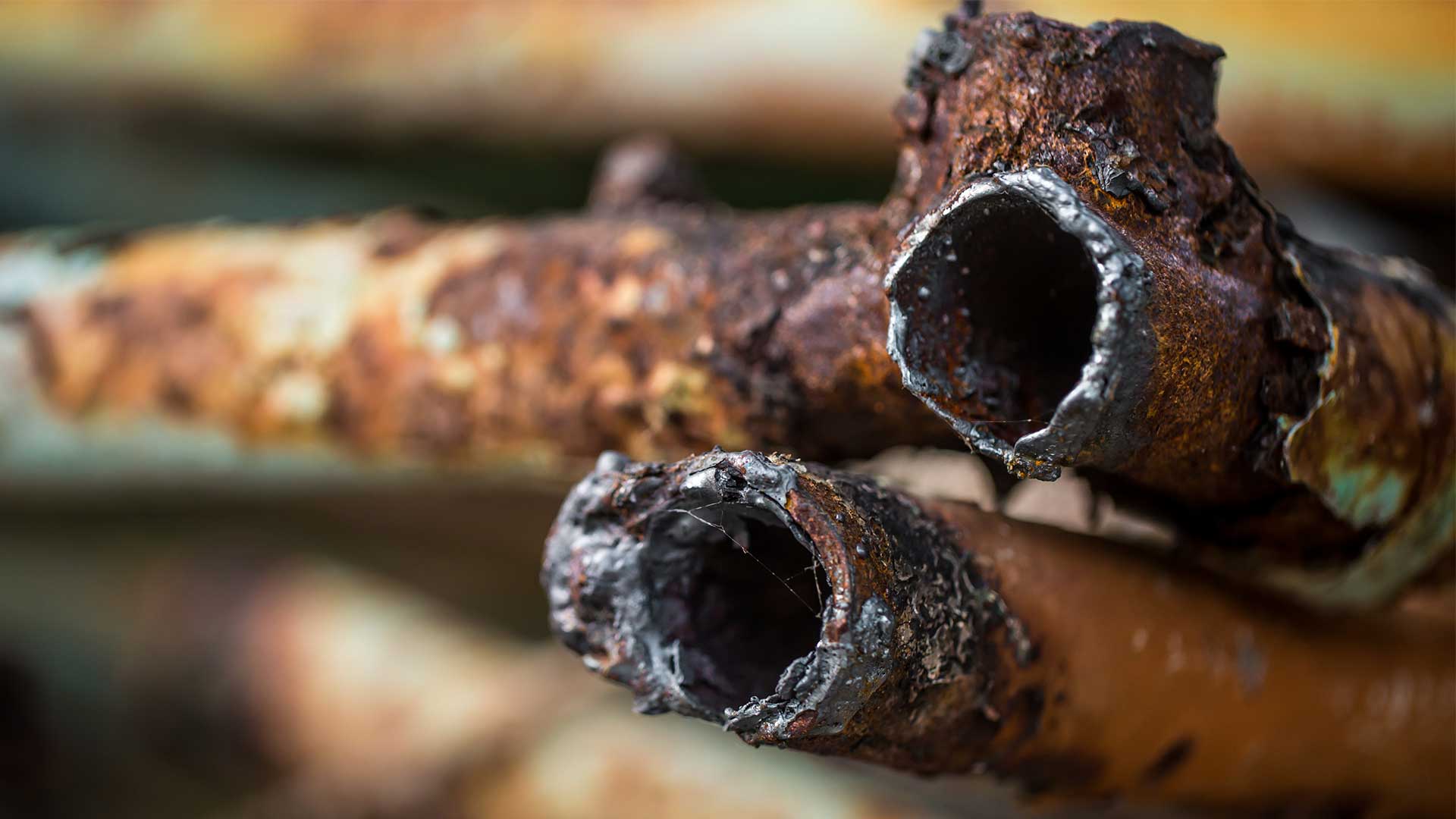
Combining with zinc, borates have heat-proofing properties, preventing flames and suppress smoke from polymers. Borates are also used in cellulose insulation as a flame retardant.
Borates are neutron-absorbing in a range of applications that include nuclear containment shields, cancer treatment, and more.
Applications
Agriculture
Borates are one of the most important fertilizers used in agriculture. Boron is essential for plant growth, crop management, and root development, but it usually requires supplements along with other nutrients. Borate fertilizers work well with a crop’s soil composition to create a healthy environment for plants.
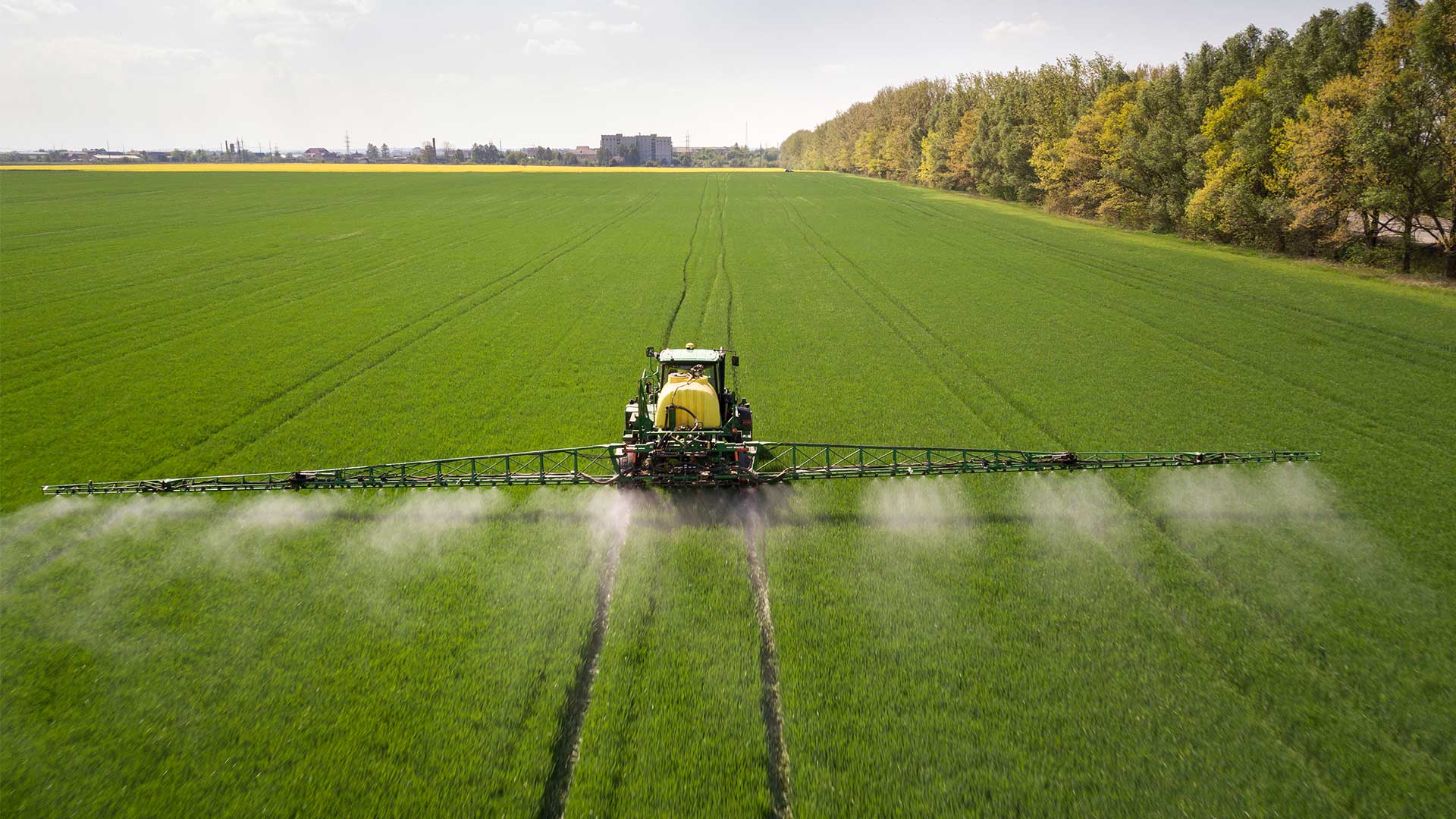
Borates can come from natural sources such as decomposing animal bone or plant leaves. However, today they primarily come from mined boric acid. Either way, the borate fertilizer is applied to the soil following planting after which water is applied periodically until harvest time. When this cycle starts over again boron-containing fertilizers can affect soil pH, especially when at least half the fertilizer is composed of calcium carbonate.
Borates are most effective in acidic soils with a low magnesium level since they cannot be absorbed easily by plants. It is difficult especially if there is too much magnesium present.
Ceramics
Borates are an important ingredient in ceramics and enamel glazes. They provide vitrification, which is the process of turning glass and improving lustre in ceramics by adding boron to it. Vitrified ceramics can withstand high temperatures and produce low thermal conductivity. This chemical compound plays a vital role in the creation of different types of pottery, including stoneware, porcelain, and earthenware.
They are a class of salts that include boric acid, sodium tetraborate decahydrate, and potassium tetraborate. Borates are also handy in ceramics for centuries as fluxes to lower the melting point of the clay. The use of borax as a flux has been documented back to 3000 BC by Egyptians who used it to create glassware and pottery.
Borates are becoming more accepted as an ingredient in ceramic tile body bodies. They allow manufacturers to use a wider selection of clays, increasing productivity and decreasing energy consumption.
Detergents
Borates are an important ingredient in detergents. They are in prominent use for over 100 years to create cleaner, brighter clothes by removing dirt and stains from clothes. The most common form of borate is sodium tetraborate decahydrate. And most commonly, they are confused with salt or sugar because it looks similar to both these ingredients when mixed into water or on its own. Sodium tetraborate decahydrate does not dissolve easily but will dissolve quickly if you add hot water to it before adding your clothes. Adding this borate solution will help remove any stubborn stains on your clothing that are either hard-to-reach or have already set in without washing them first.
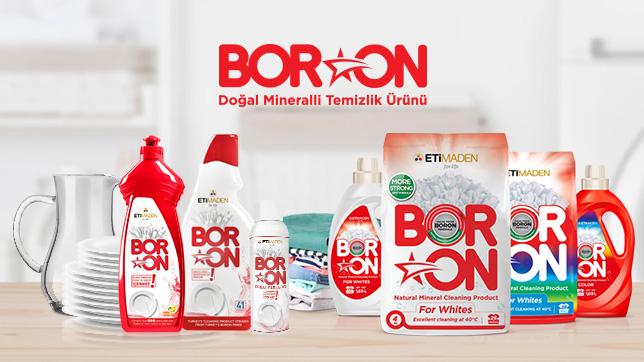
Detergents are a key part of our everyday lives that we use to keep clothes and dishes clean. There is much debate as to what the most environmentally friendly detergent maybe, but it seems borates may come out on top. Borates have been shown to reduce the amount of energy required for washing by up to 50% while also being safe for humans and animals alike.
Fiberglass
Borates are an essential ingredient in both fiberglass insulation – which is the largest single use of them worldwide – as well as textile fiberglass. This fiberglass can be used in everything, from circuit boards to surfboards. Borates can be used in both products as they provide a strong flux and lower melting temperatures for glass. To ensure optimal glass fiberization they control temperature, viscosity as well as surface tension.
Fire and Heat Retardants
Zinc Borates are used as polymer additives to suppress heat and fire in rubber and plastic applications. The most common use is as a flame retardant additive for polyurethane foam and plastics such as PVC, ABS, and styrene-acrylonitrile (SAN). They are also useful as anti-tracking and smoke and afterglow suppressants. Zinc Borates can be found within a wide range of polymers that include electrical parts, automobile interiors, wall coverings, and carpeting.
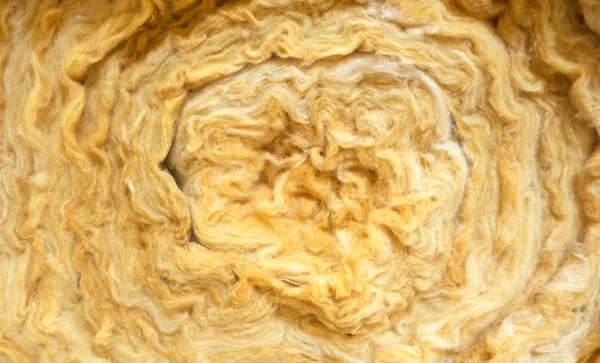
Food
The use of borates has been traced back to ancient times where they were created by mixing sea salt with ashes obtained from burning seaweed. However, today’s manufacturing process produces borates that are much purer than their predecessors due to advances in chemical technology. This purity makes them an excellent candidate for use in the food additive category also because they have no flavor or odor when mixed into the water, unlike other additives.
Borates are an additive used in some food products to provide flexibility, water resistance, and durability. Borates also contribute to the flavor of some foods that contain them. The use of borates in daily food recipes needs to be monitored because laboratory research shows that over-use can cause adverse health effects on lab animals when consumed at high doses over a long period of time.

Borates are found in many foods, including peanuts and avocado. The salts can also help to lower the pH of food products such as mayonnaise and salad dressings. These compounds often contribute to a healthy diet.
The borates in food diet have been a topic of discussion for decades. It is often centered around the safety and effectiveness of this diet. See also Health Supplements below.
Borate salts help with arthritis pain by reducing inflammation from cartilage loss or other injuries that may cause joint pain. In addition, it may also be helpful for those who suffer from chronic fatigue syndrome. It can occur due to an overactive immune system response that damages cells and tissues throughout the body.
Glass
Borosilicate glass forms the basis of all heat-resistant glass applications. A myriad of products can be created using borates, with chemical, heat and moisture control benefits for professional cooking, in the laboratory and for medical research; for instance, cathode radiation tubes and Pyrex(r), cookingware. Borates are a chemical compound that makes the glass more durable and less likely to break. They are used in glass manufacturing to produce a pleasing green color. Borax in the form of sodium borate pentahydrate is the most common material for this purpose. It can be found naturally in various locations around the world but it is often mined from dry lake beds or oases in Egypt and elsewhere.
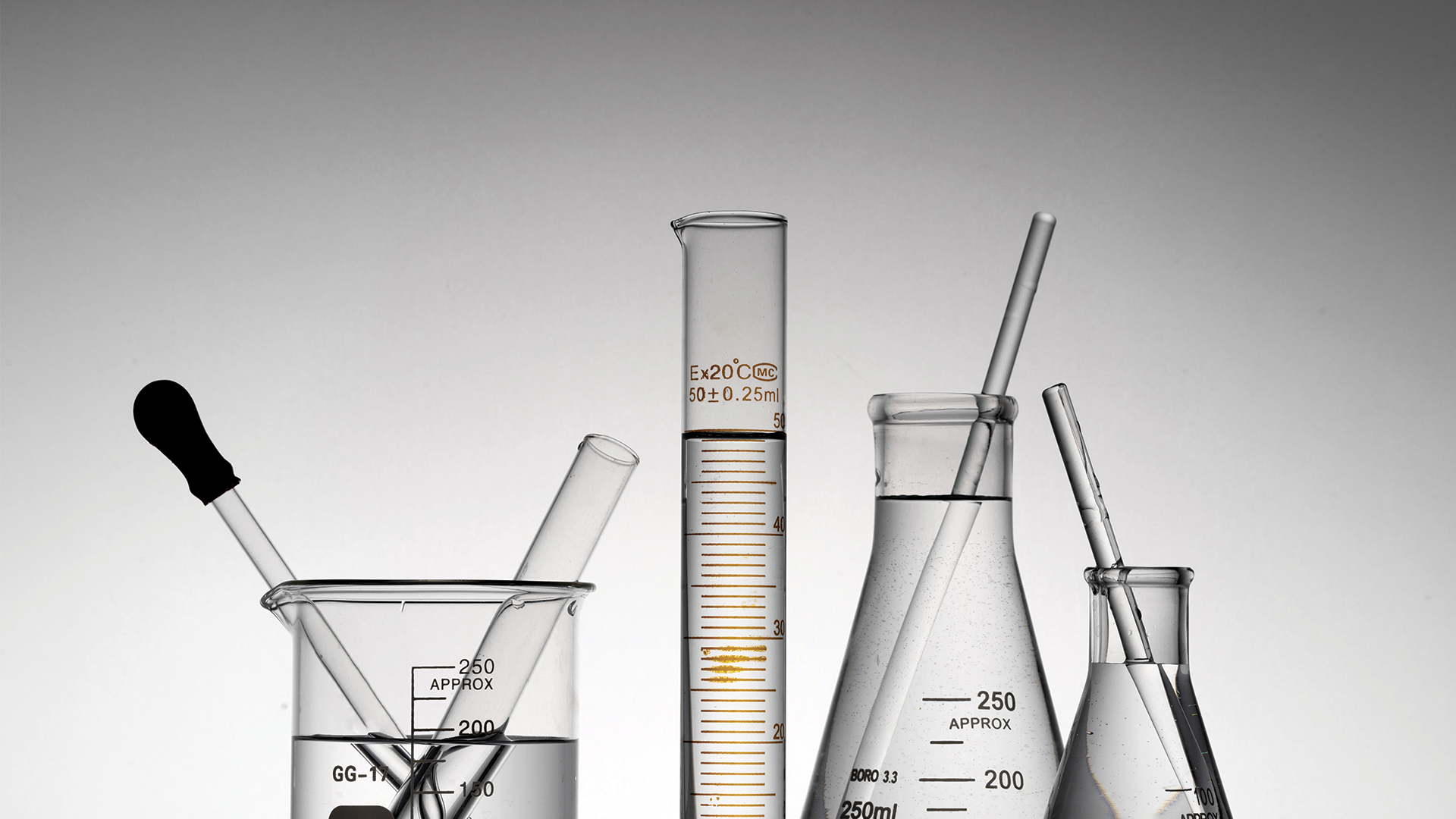
Glass containing Boron is resilient for laboratory use
Health Supplements
People get their boron from plant-derived foods. According to studies, people in many cultures consume anywhere from one to three milligrams per day of boron through a mix of food and water. Although it isn’t yet clear that humans require boron to survive, scientists agree that boron is vital for maintaining optimal health.
Personal care products and detergents
Borates have biostatic properties that control bacteria and fungi in personal-care products. are known to enhance stain removal, bleaching, alkaline buffering, softening water, and boosting surfactant performance in cleaners and detergents. Research shows that adding Borates to laundry soap bars greatly improves their cleaning ability and reduces dirt redeposition.
Thermal Conductivity
Thermal conductivity is a measurement of how well heat moves from one material to another. Materials such as Boron Nitride are good insulators and keep us warm during cold winter nights. In industrial applications, layers of boron nitride are often added onto other materials like silicon carbide (SiC) for use in high-efficiency power devices like thermoelectric cooler packages (TECs).
Wood Treatments
Borate-treated wood has been growing in popularity as a reliable and long-lasting way to protect homes and other structures against wood-destroying organisms. Borate-based preservations can be used on solid wood and engineered wood composites. They also work well with other building materials, such as studs, plywood and joists. Borates can prevent fungal decay and are fatal to termites, carpenter bugs, and roaches, but they are safe and non-toxic for humans, pets, and the environment.

.





